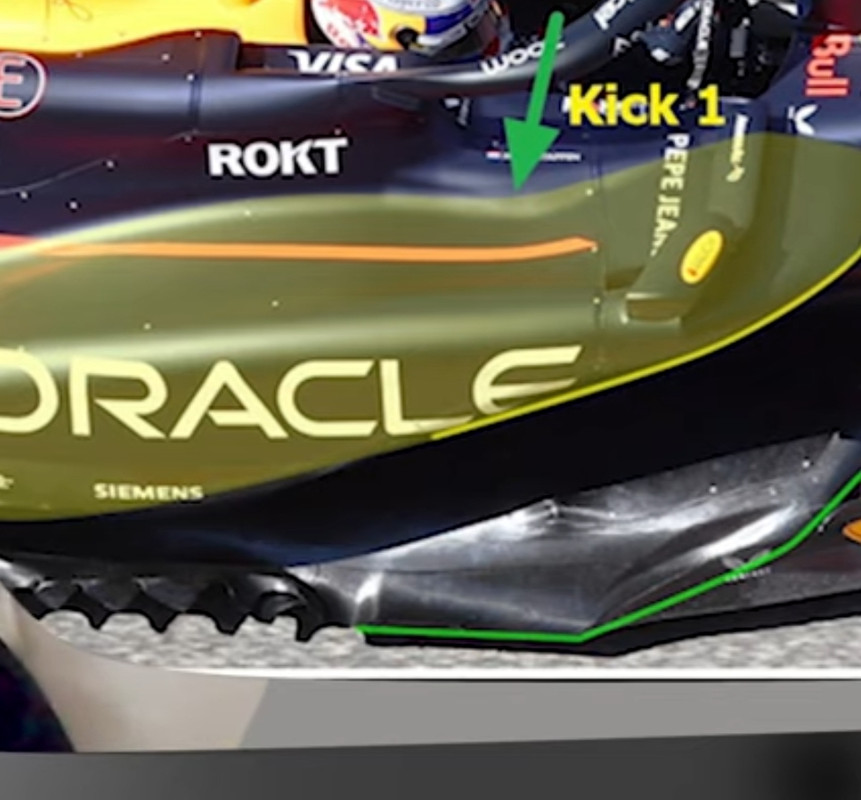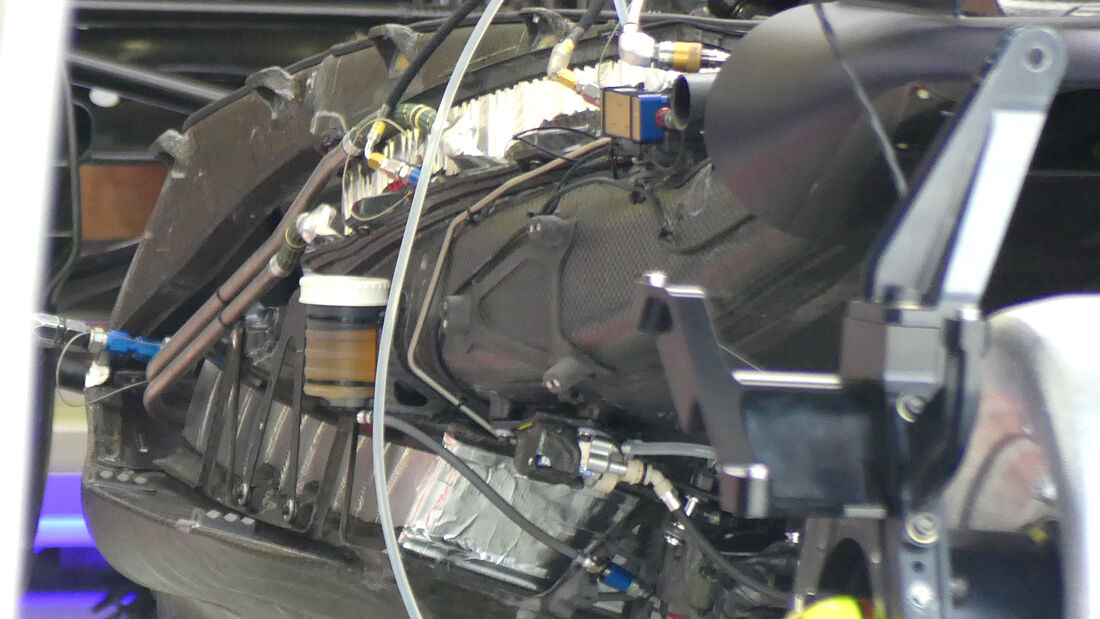Andi76 wrote: ↑28 Feb 2024, 12:39
hollus wrote: ↑28 Feb 2024, 08:08
It is turbulent air with little energy that has hardly any thermal conductivity.
That’s not true, its thermal conductivity is as good as for any other air, considering air as substance.
It might be worse for cooling, but only because you will be carrying less of it to the radiator, and then removing it a bit slower.
Your heat conduction is fine, your heat convection is less effective, though, compared to faster, more laminar air.
Wrong? Not really. because it is about the cooling properties of precisely this type of air, which for certain reasons has a poorer thermal conductivity. So, what you are pointing out is exactly what I am actually saying and calling thermal conductivity ---> it dissipates less heat and is therefore bad for cooling, because of its properties. But there is more to consider. The air will not flow faster than the vehicle if the duct is blocked further down the line, which is the case with radiator ducts. It is therefore all the more important that the air flows in quickly where the intake air has a high velocity or high static pressure. If I feed in turbulent air with little energy, it will flow partially or even completely backwards, which is why this air is even less suitable for cooling.
Yes, yes, I think we agree on the principles and we are discussing semantics.
You are an engineer (I am guessing) and think of the radiator first and foremost. Yes, turbulent air is worse at removing heat from it.
I am a chemist, think of the air itself first, and I would like to clarify that it is because of a difference in convection and not in thermal conductivity (a well defined concept with precise definitions).
Non turbulent air gives you more air for removing heat, but not “better” air, just more new air and shorter “contact” times.
In any case it appears that Newey is dead set on using all the best “high energy” air for aero and all the worst “low energy” air for cooling.
Which makes me think, can it be that Red Bull has a locked in advantage in radiator design? Better alloys, narrower passages, exchanger aero flow or similar.?
We’ll know soon if it was the right compromise.





